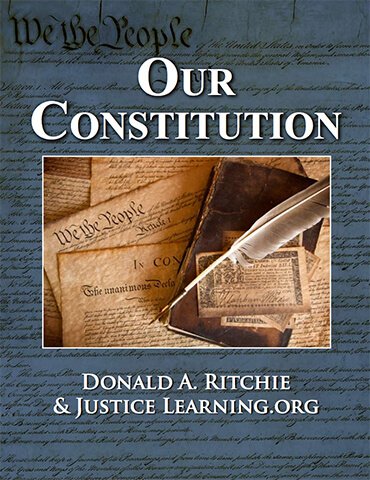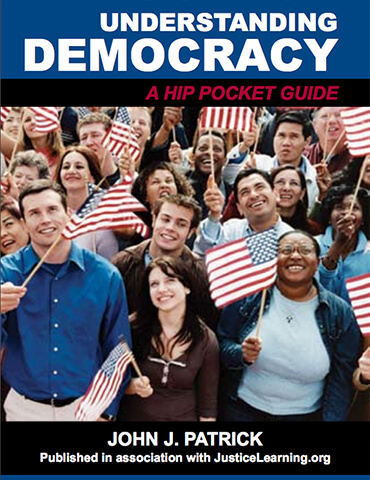National Constitution Center
The National Constitution Center site provides classroom resources related to the Constitution as well as civic participation and responsibility, and the executive branch. Online resources include interactive games, videos, webcasts, primary and secondary sources, Constitution Fast Facts, biographies of Constitutional Convention delegates, and the Interactive Constitution guide.



